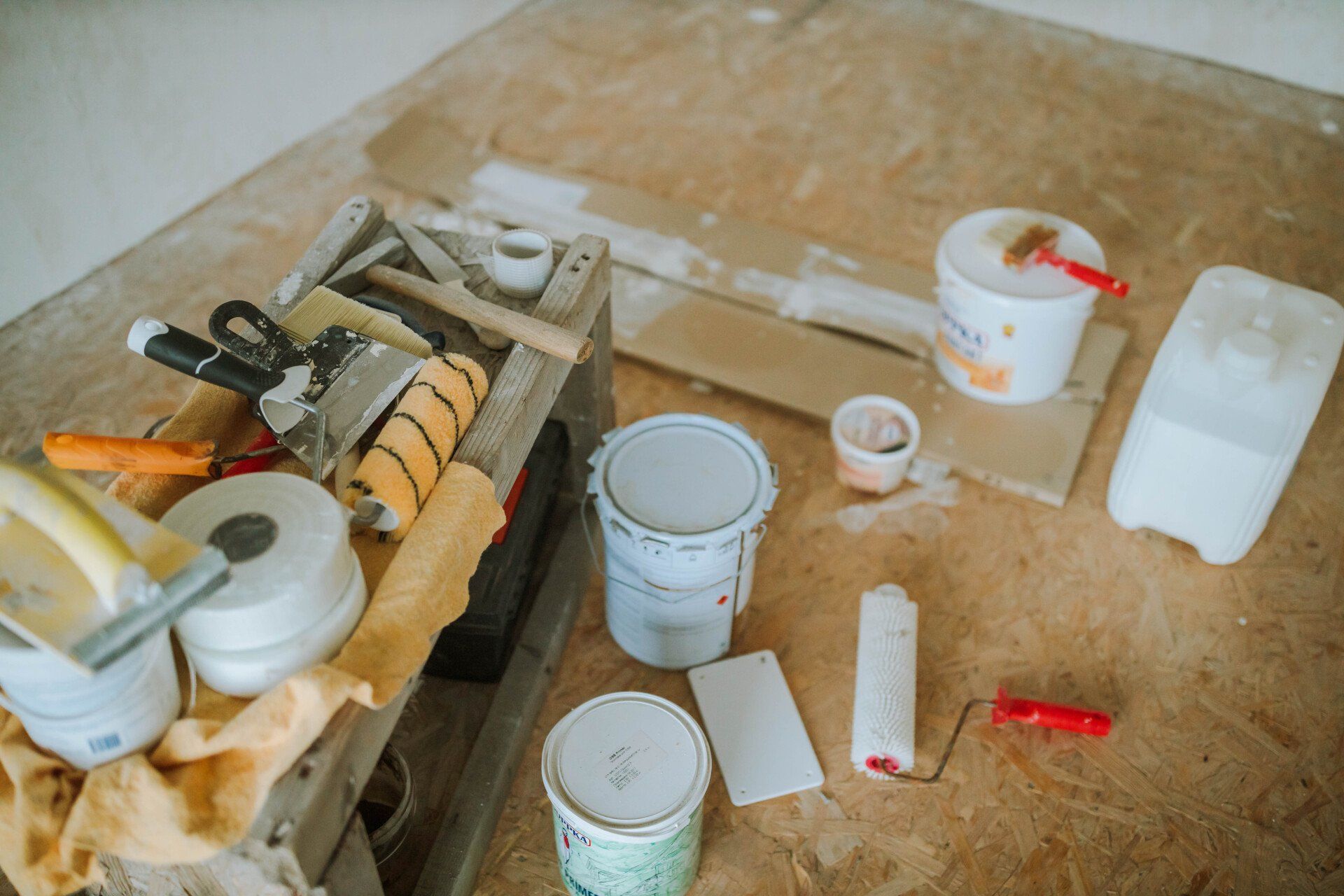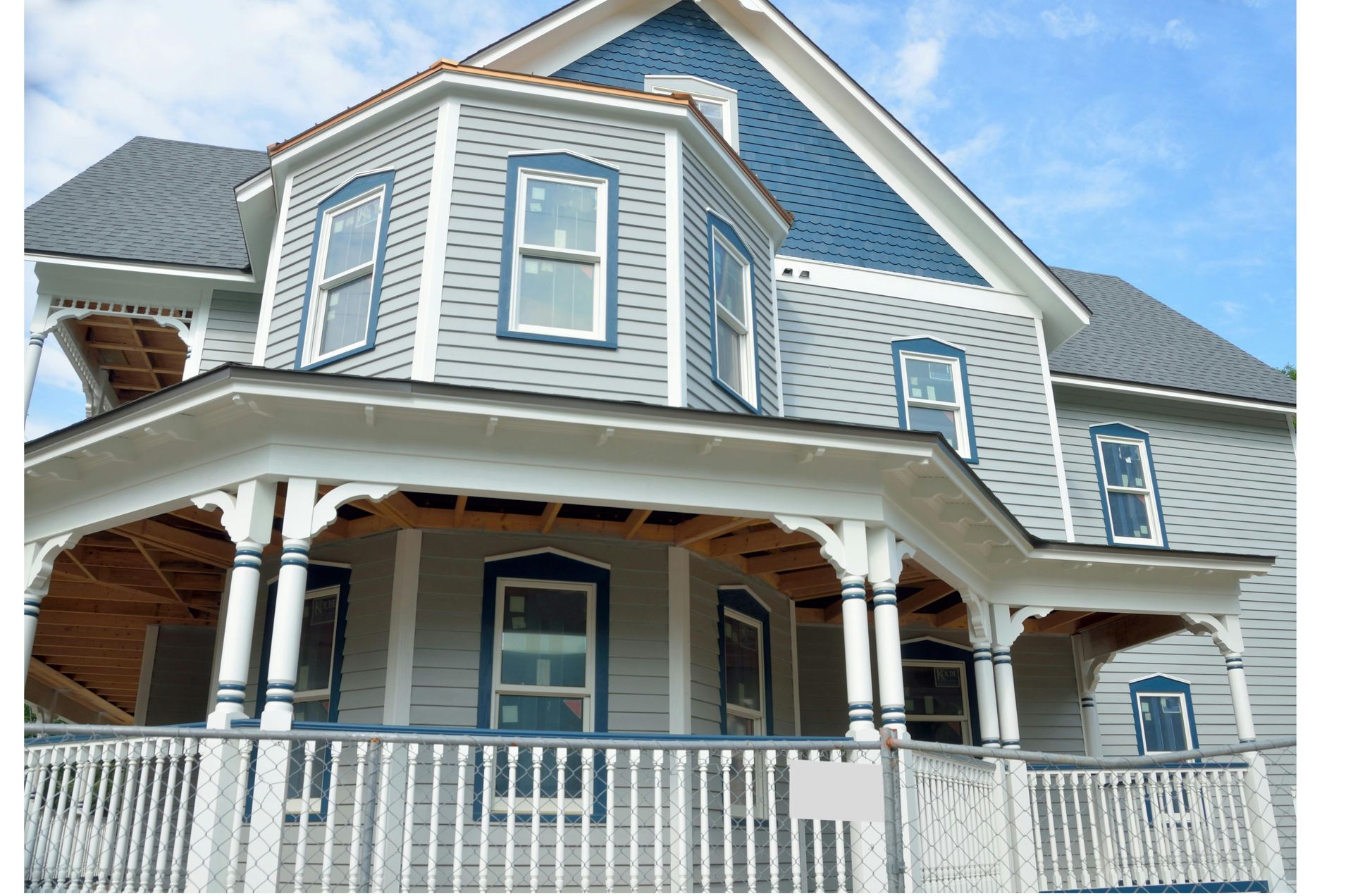
Prevent Frozen Pipes
How-to Insulate to Prevent Frozen Pipes
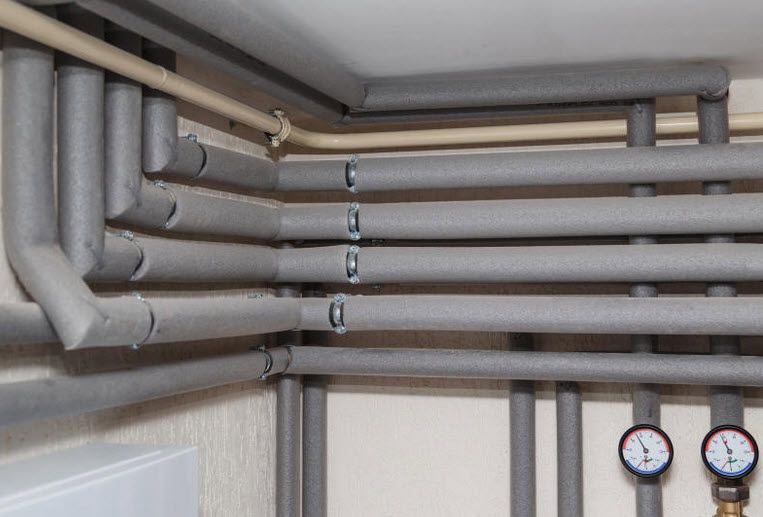
The best way to prevent pipes from freezing is to insulate them. Adding pipe insulation around accessible water pipes is economical and saves you money.
Step 1: Check Your Pipes
To locate water pipes in your home that may need to be insulated, look for water pipes that pass through unheated spaces. These include crawlspaces, garages, attics and the pipe leading directly from your hot water heater.
Step 2: Take Measurements
Before you insulate, measure the outside circumference and length of each section of pipe. Be sure to check the hot water lines as well. Hot water lines freeze slower than cold water lines, but they are more likely to burst. Add up the lengths for each size of pipe and add about 10 percent to that amount to account for waste or error.
Step 3: Get Insulation
Once you know what size and how much insulation you need, you can purchase various types of pipe insulation kits at your local True Value hardware store. Be sure adhesive tape or contact cement is included for sealing. The most widely available pipe insulation is tubular foam that is slit lengthwise to slip over existing pipes. However, tubes without slits (designed for installation over new piping) can easily be slit with a sharp utility knife.
Step 4: Insulate and Seal
Open the pipe insulation along the slit, press it onto the pipe and seal it with an adhesive tape or contact cement to prevent summertime condensation.
Step 5: Make Adjustments If Needed
When you're covering areas where pipes meet, it may be necessary to make adjustments by cutting the insulation to fit. For best results, use a miter box saw and either a serrated knife or a hacksaw. Use a single-edged razor blade for detail cutting. After making the appropriate cuts and confirming a good fit, use adhesive tape to seal the joint.
Step 6: Insulate Valves and Seal
After insulating the straight sections of the pipe, you will need to protect the valves. Preformed valve covers are the easiest and most effective method. Simply fit the two halves over the valves and seal the edges with adhesive tape. For hard-to-cover valves, you can use strips of foam or fiberglass that are designed to wrap around pipes or fittings.
To provide maximum protection for pipes that are highly vulnerable to freezing, add electrical pipe-heating cable to foam insulation. Prior to adding foam insulation, simply attach the cable to the length of the pipe, or wrap around the pipe and connect to the power supply.
For all your plumbing and pipe insulation projects visit Martens Reedsburg True Value today. We've got what you need to get the job done right!!
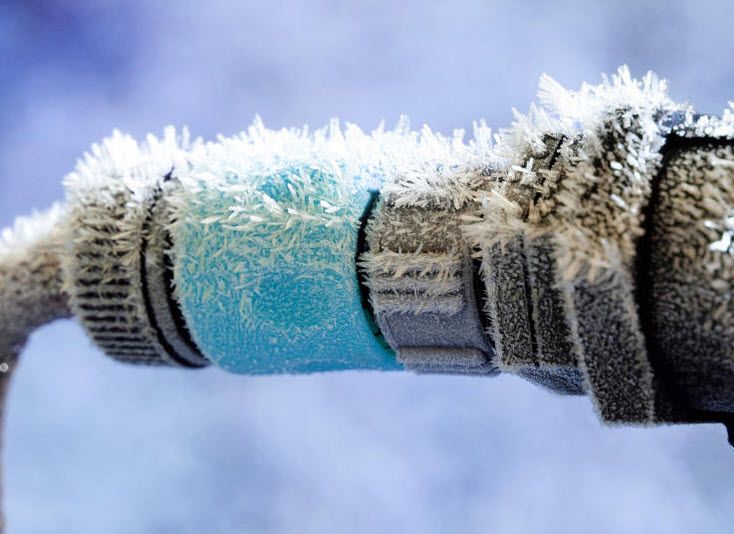
Helpful Tips
For greater prevention against frozen pipes, do not set your thermostat below 60 degrees.
Leave under-sink cabinet doors open at night or on very cold, windy days.
Keep a heat lamp in a relatively confined space, but exercise caution.
Disconnect outside hoses and lawn sprinklers during the winter months.
Add outdoor faucet protectors to prevent faucets from freezing.
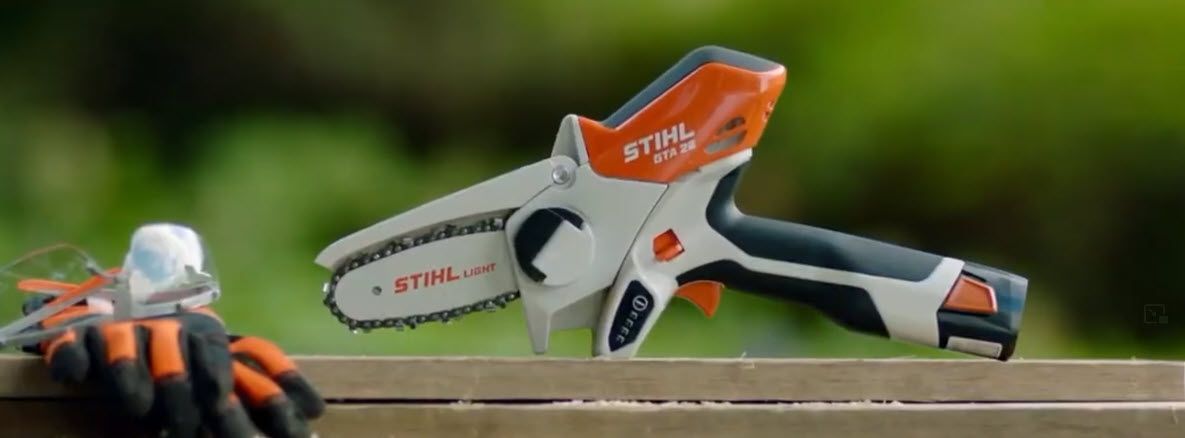
Martens True Value is located in the Viking Village Shopping Center just North of the Reedsburg Municipal Airport off Hwy 23/33
Business Hours
- Mon - Fri
- -
- Saturday
- -
- Sunday
- -
608-524-8999
Address
100 Viking Dr
Reedsburg, WI 53959
All Rights Reserved | Martens Reedsburg True Value | Website Design by Target Marketing 360 | PRIVACY POLICY

